1. They Have Names—And They Remember Them
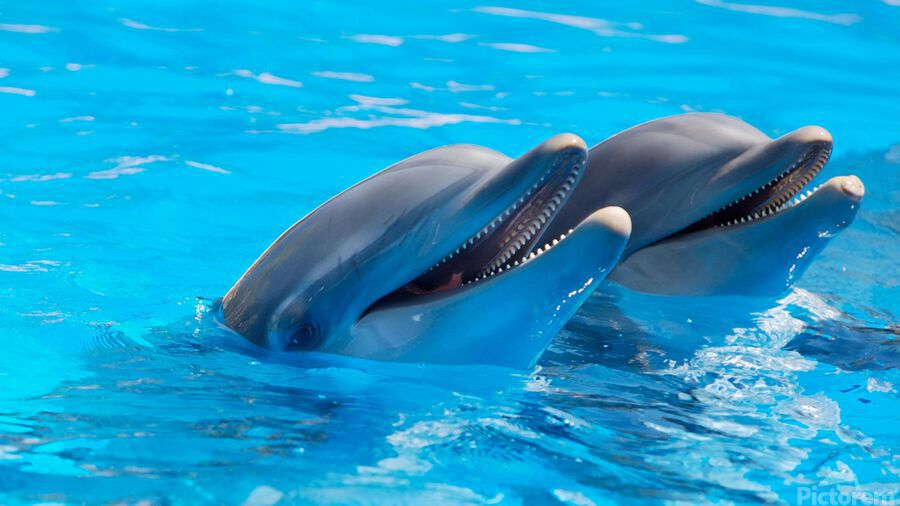
Dolphins are one of the few animals on the planet known to use individual names. They have signature whistles that act as their “name,” and just like humans, they recognize and respond to these whistles. Dolphins can even identify each other’s names after years of separation, showing just how long their memories last. This behavior is not just social—it’s a testament to their highly developed cognitive abilities. Imagine running into an old friend after decades and instantly recognizing their voice—that’s essentially what dolphins do. These signature whistles help dolphins keep track of each other in large, social groups, allowing them to form tight-knit pods. Additionally, dolphins seem to actively choose when to call out another dolphin’s name, sometimes as a form of communication or to signal attention. This use of names is significant because it reflects a level of social complexity that not many animals, outside of humans and some primates, possess. In fact, dolphins’ ability to assign names to one another and remember them over long periods of time could even suggest a level of self-awareness. For dolphins, remembering who’s who could mean the difference between survival and getting lost in a vast ocean.
2. Their Teamwork Is Next-Level Genius
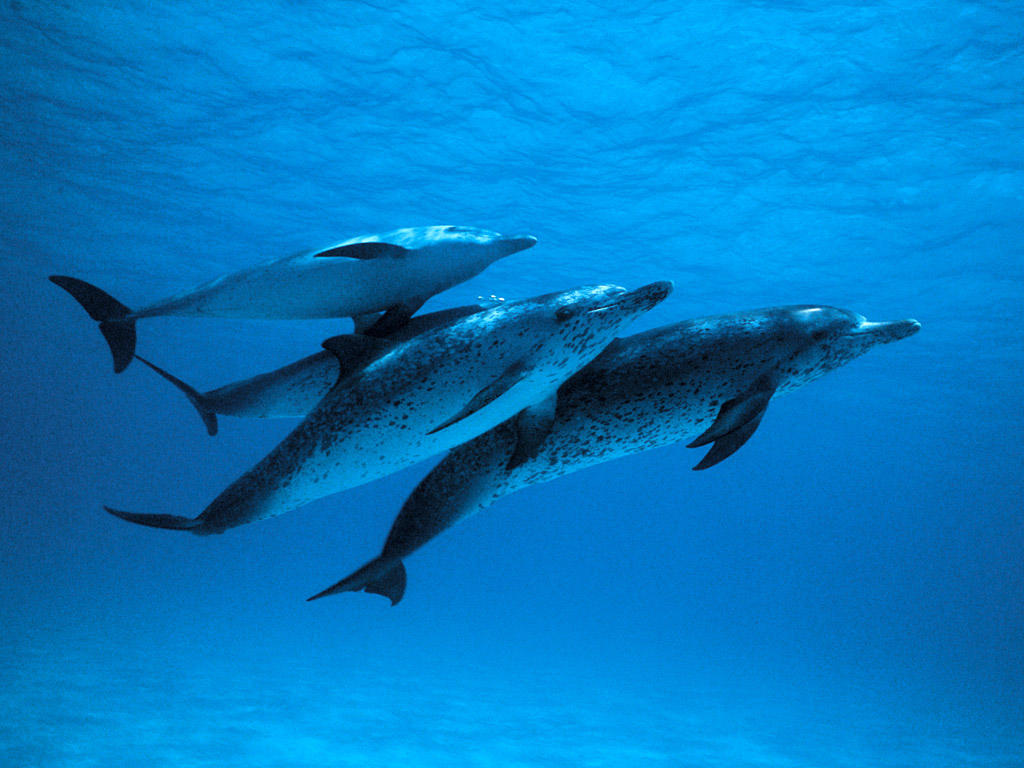
Dolphins are incredibly skilled at working together, and their level of teamwork is one of the key reasons they’re so successful in the wild. When hunting, dolphins often cooperate to herd fish into tightly packed groups, making it easier to catch their prey. This coordination is incredibly complex and involves constant communication among the pod members, ensuring that everyone knows their role. Dolphins are also known to take turns hunting so that no one becomes too tired, showing their advanced understanding of resource sharing and energy management. In certain regions, dolphins even collaborate with humans, working together to drive fish toward nets in exchange for a portion of the catch. This interspecies collaboration isn’t just a coincidence—it’s proof that dolphins can understand the benefits of teamwork, not only within their own group but also with other species. Their ability to synchronize their movements and work together toward a common goal suggests a high level of cognitive flexibility and social intelligence. The teamwork displayed by dolphins is not limited to hunting. They’ve been observed helping injured or sick pod members, guiding them to safety and ensuring that they don’t fall behind. Whether it’s foraging, protecting each other, or just playing together, dolphins are truly the masters of collaboration in the animal kingdom. Their understanding of cooperation and mutual benefit shows that they’ve got a complex social mind that rivals any human team dynamic.
3. Their Communication Is Like an Alien Language
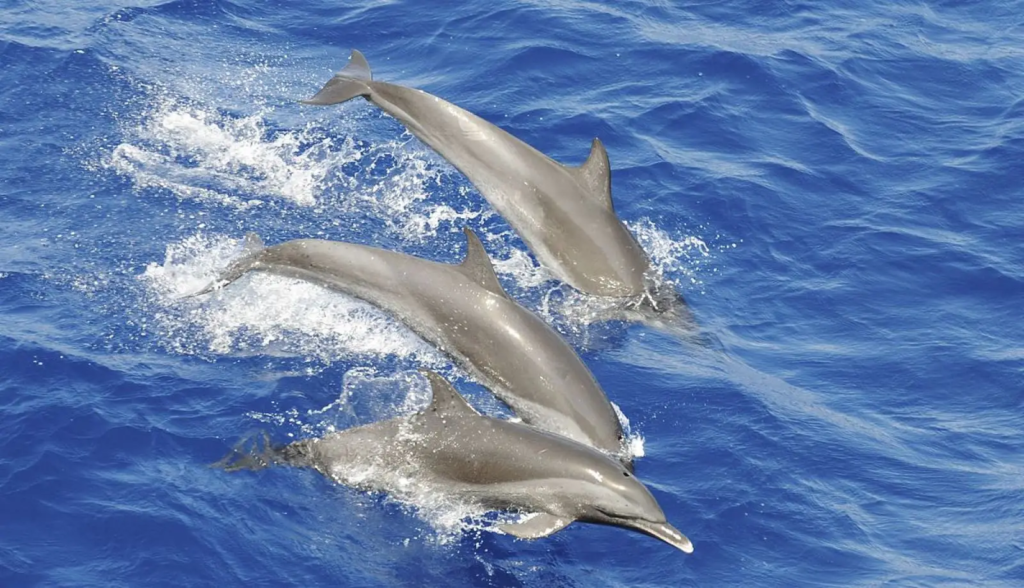
Dolphins’ communication skills are extraordinary, and some scientists even compare their vocalizations to an alien language because of their complexity. They use a wide range of sounds, including clicks, whistles, and body movements, to convey messages to one another. The clicks are primarily used for echolocation, allowing dolphins to navigate and hunt in murky waters, while the whistles are thought to be used for social interactions. Each dolphin has its own unique whistle, which serves as its “name,” and these whistles are incredibly important for maintaining social bonds within the pod. Dolphins can also mimic sounds they hear from other dolphins, suggesting a level of vocal learning that’s unusual in the animal kingdom. But the communication doesn’t stop there—dolphins can understand human gestures too. In captivity, dolphins can follow pointing gestures, which indicates a level of comprehension of human body language that is often seen in highly intelligent animals. Some studies even suggest that dolphins can understand the concept of “referential communication,” meaning they can grasp that a sound or gesture can represent an object or idea. The full extent of dolphin communication is still a mystery, and researchers are working tirelessly to decode it. But what’s clear is that dolphins have an incredibly sophisticated communication system, one that might even rival our own language in terms of its complexity. Dolphins’ ability to convey so much information through sound and body language hints at a level of cognitive sophistication that many humans still struggle to fully grasp.
4. They’re Master Problem-Solvers
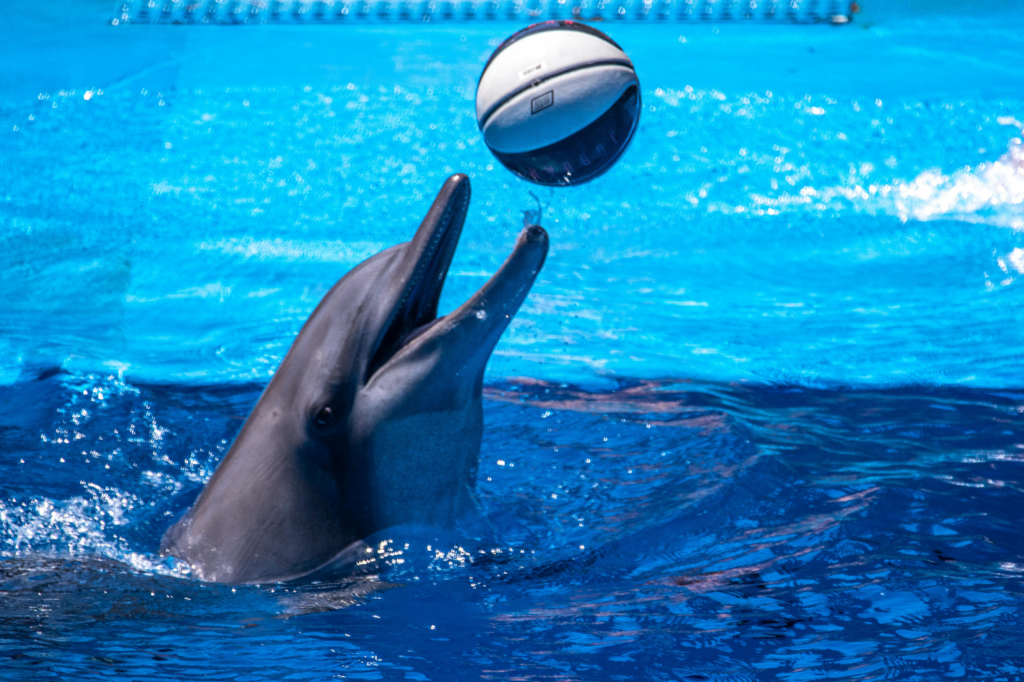
Dolphins are renowned for their impressive problem-solving abilities, which is one of the reasons they’re considered so intelligent. In the wild, dolphins have been observed using tools, a behavior once thought to be exclusive to humans and a few other primates. One of the most well-known examples is the use of sea sponges by certain dolphin populations. These dolphins place sponges over their snouts to protect them while foraging on the ocean floor for food. This behavior is not instinctive, but learned, and it is passed down from one generation to the next, demonstrating the dolphins’ ability to think critically and adapt to their environment. In addition to using tools, dolphins have also been seen creating complex bubble patterns and blowing bubble rings, often manipulating them for fun or as part of their social activities. This playfulness is not just for entertainment—it shows a level of creativity and innovation that’s rarely seen in the animal kingdom. In controlled environments, dolphins can solve puzzles, open containers, and complete tasks faster than many other animals, further proving their problem-solving prowess. Dolphins’ ability to quickly learn new tasks and manipulate objects shows a level of cognitive flexibility that is quite impressive. Their intelligence isn’t just limited to survival skills; they also display a high degree of curiosity and a desire to explore, solve problems, and engage with their environment. When faced with challenges, dolphins are not just surviving—they’re actively thinking, adapting, and overcoming obstacles in innovative ways.
5. They Show Empathy and Altruism
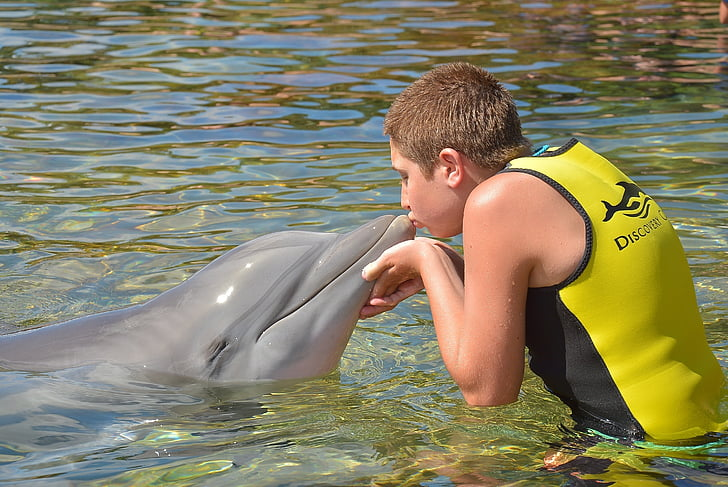
Empathy and altruism are often thought to be traits unique to humans, but dolphins have proven that animals can exhibit these complex emotions too. Dolphins are known for their remarkable kindness toward each other and even other species. There have been multiple reports of dolphins helping injured or sick pod members, supporting them physically and emotionally so they don’t fall behind. This level of social care goes beyond mere survival—it suggests that dolphins have an emotional depth that allows them to bond with others in meaningful ways. One of the most well-known examples of dolphin empathy is their behavior toward humans. Dolphins have been known to protect swimmers from sharks, guiding them to safety or even fending off potential threats. They’ve also helped fishermen by driving fish into their nets, showing that they understand the value of cooperation. But it’s not just humans that benefit from dolphin altruism; dolphins have been observed aiding other marine animals, such as stranded whales or even other dolphin species in distress. This kind of selfless behavior speaks to a level of emotional intelligence that’s rare in the animal kingdom. It’s possible that dolphins’ ability to empathize with others is linked to their complex social structures, where cooperation and mutual support are essential for survival. Their capacity for empathy not only makes them more socially cohesive but also highlights the deep emotional bonds they form within their pods. Dolphins’ empathy toward one another and other species demonstrates that intelligence is not just about thinking—it’s also about feeling and connecting with others.
6. Their Brains Are Built for Intelligence
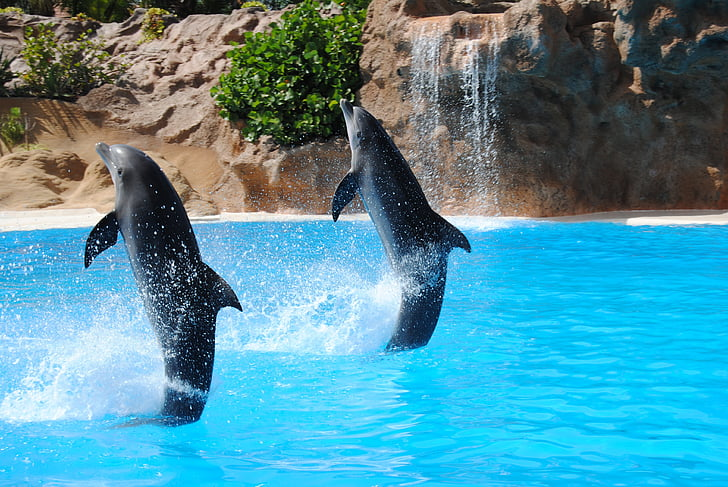
Dolphins have some of the largest brains in the animal kingdom, and their brain-to-body ratio is second only to humans. Their brains are large, highly complex, and contain sophisticated regions that are crucial for problem-solving, social interactions, and emotional processing. One key feature of dolphin brains is the neocortex, the area responsible for higher functions like reasoning, planning, and processing sensory information. The neocortex in dolphins is particularly large and well-developed, which is a key indicator of their advanced intelligence. Their limbic system, responsible for emotions, is also well-developed, suggesting that dolphins experience a rich emotional life. Additionally, dolphins have specialized brain structures that enable them to use echolocation with remarkable precision, essentially giving them “sonar” capabilities to navigate murky waters. What’s even more fascinating is that dolphins sleep with only one hemisphere of their brain at a time, allowing the other hemisphere to stay alert and aware of their surroundings. This ability to rest while remaining vigilant is a testament to their extraordinary adaptability. Dolphins’ brains are not only large, but they’re also organized in ways that support complex behaviors, including communication, learning, and social organization. Their brain anatomy and behavior suggest that they possess a level of cognitive sophistication that is on par with some of the most intelligent land animals. With brains this sophisticated, dolphins are able to thrive in environments that would challenge lesser species.
7. They Have Complex Social Structures
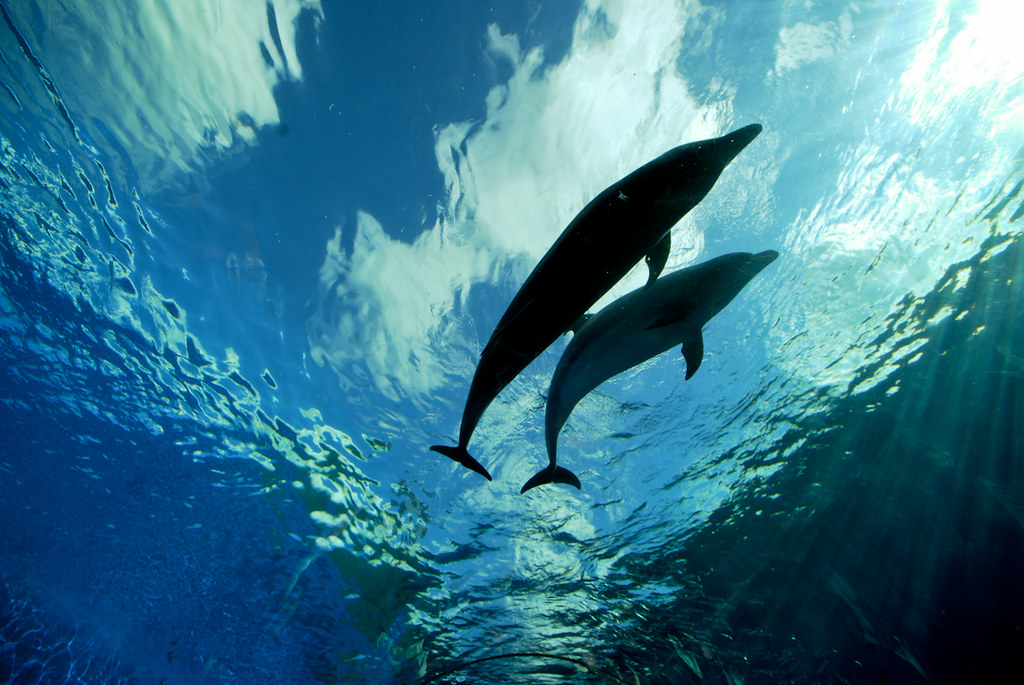
Dolphins have intricate social structures that rival human societies in many ways. They live in groups called pods, which can range in size from a few individuals to hundreds, depending on the species. Within these pods, dolphins form strong social bonds and complex hierarchies, with each member playing a specific role. Dolphins work together to hunt, protect each other, and maintain social harmony, and they have been observed making alliances with other pods, further complicating their social lives. Socializing is key to their survival, as they rely on teamwork for hunting, raising young, and fending off predators. Dolphins also engage in a variety of social behaviors that help maintain the structure of their communities, such as grooming, playing, and vocalizing to strengthen bonds. Their ability to form alliances with other species—such as teaming up with humans to catch fish—shows that dolphins are capable of forming cross-species social networks. Their social intelligence allows them to navigate relationships in a way that benefits the group, ensuring everyone’s needs are met. Additionally, dolphins can form lifelong relationships, with individuals staying in the same pod for decades. This long-term social commitment suggests that dolphins have an understanding of the importance of social cohesion and mutual support, which are critical for their survival in the wild. The complexity of dolphin social structures highlights just how advanced their social minds are, with intricate webs of relationships that are essential to their success.
8. They Understand (and Outwit) Humans
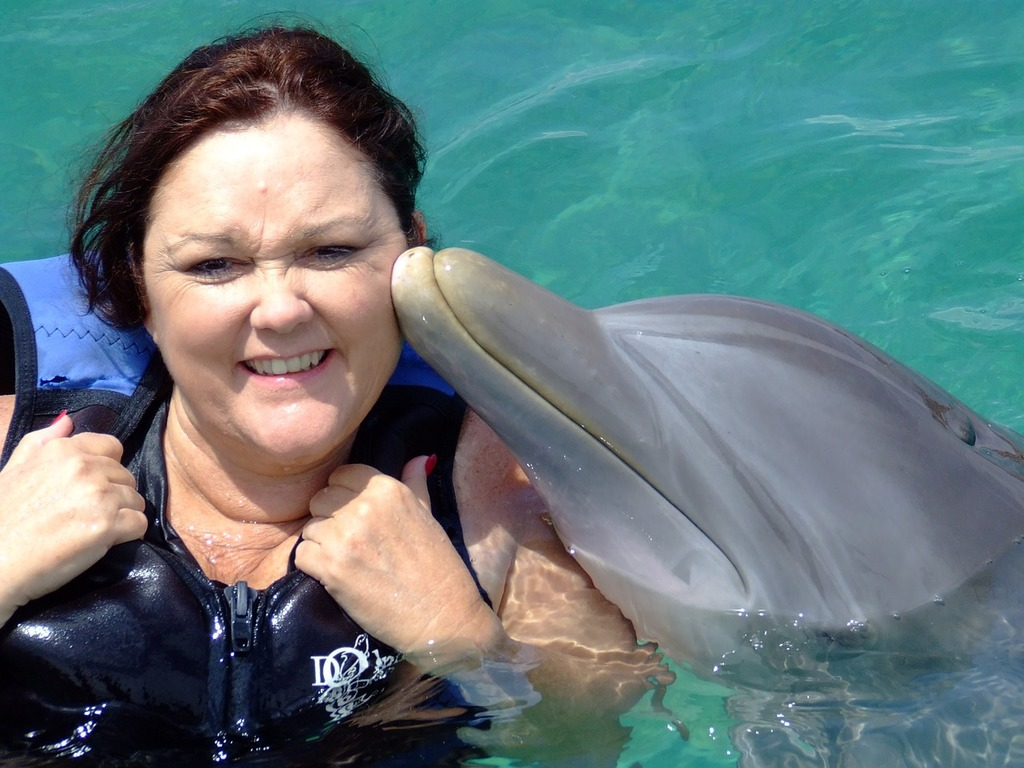
Dolphins’ ability to understand human behavior and sometimes outwit us is one of the most impressive aspects of their intelligence. In marine parks, dolphins have been known to mimic the actions of their trainers, often learning new tricks faster than expected. They’re incredibly good at reading human body language, and they can follow pointing gestures, a skill that many animals struggle with. This ability to comprehend and respond to human actions shows that dolphins are not only aware of us but can also anticipate what we want from them. Wild dolphins, in some areas, have been observed working with humans to catch fish, showing that they can quickly learn and adapt to human behavior. Some scientists suggest that dolphins might even use us to their advantage, guiding fish toward fishing boats in exchange for an easy meal. This level of interaction requires a deep understanding of human intentions and actions, and it shows how flexible and resourceful dolphins can be. Dolphins don’t just respond to us; they seem to actively engage with us in ways that demonstrate advanced cognitive processing. Their ability to understand and manipulate their interactions with humans is a testament to their intelligence and adaptability. So, next time you’re around a dolphin, remember—they might be a step ahead, figuring out how best to interact with you.
9. They Might Have a Sense of Self
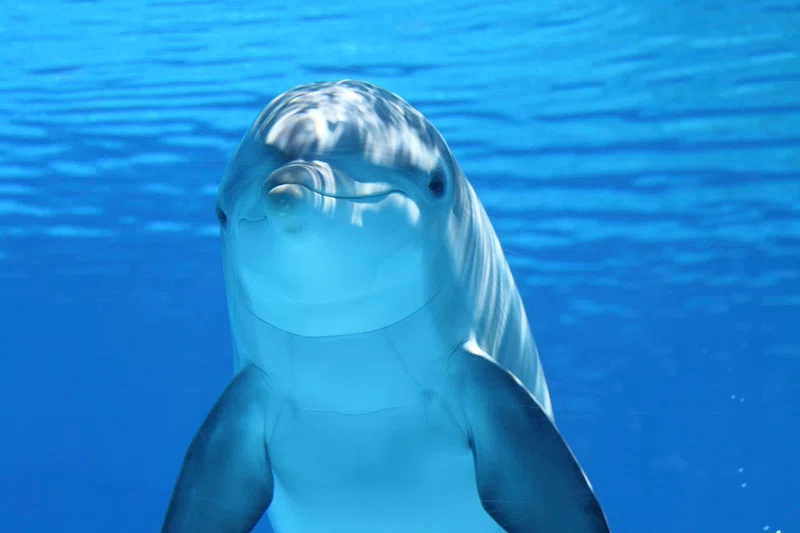
Rawpixel
Dolphins are one of the few non-human animals that pass the mirror test, which is used to determine self-awareness. When dolphins are shown their reflections in a mirror, they don’t just react to the image as if it were another animal; instead, they inspect their own bodies, often focusing on unique markings or areas they can’t usually see. This behavior indicates that dolphins recognize themselves as individuals and understand that the reflection is not another dolphin but a representation of themselves. This level of self-awareness was once thought to be unique to humans and great apes, but dolphins have shown that they, too, possess this trait. The mirror test is often used as a measure of intelligence, and dolphins’ ability to pass it suggests they have a sense of their own existence and identity. Self-awareness is crucial for advanced thinking, as it allows individuals to consider their own actions, reflect on their behavior, and make decisions based on that understanding. Dolphins’ self-recognition also opens up new possibilities for understanding their emotional depth and cognitive abilities. It’s likely that dolphins’ sense of self also influences how they navigate their social lives, as self-awareness is essential for understanding relationships and emotions within a group. This ability to recognize themselves in a mirror demonstrates that dolphins have cognitive abilities far beyond what we might expect from an animal.
10. They Play for the Sake of Fun

Dolphins aren’t just working hard to survive—they also know how to have fun. Play is a key indicator of intelligence, and dolphins exhibit a variety of playful behaviors that show they’re not only capable of solving problems and cooperating but also enjoying life. They have been observed surfing on waves, playing with objects like seaweed or bubbles, and even engaging in “games” with other species, such as playing with boats or humans. Dolphins have also been seen creating bubble rings and manipulating them for entertainment, showing a level of creativity and innovation in their play. This playful behavior is not just a way to pass the time—it also helps them practice important skills such as hunting, socializing, and problem-solving. By playing, dolphins hone their abilities in a low-stakes environment, which might help them improve their skills when it matters most. The fact that dolphins play for the sake of enjoyment—without any immediate benefit to survival—suggests they have a sophisticated sense of fun and pleasure. This ability to engage in play and creativity demonstrates that dolphins don’t just exist to eat and reproduce—they’re deeply curious about their environment and love exploring it. Dolphins’ playfulness adds an extra layer of richness to their intelligence, showing that they’re not only surviving but also thriving in a world of exploration and joy.


